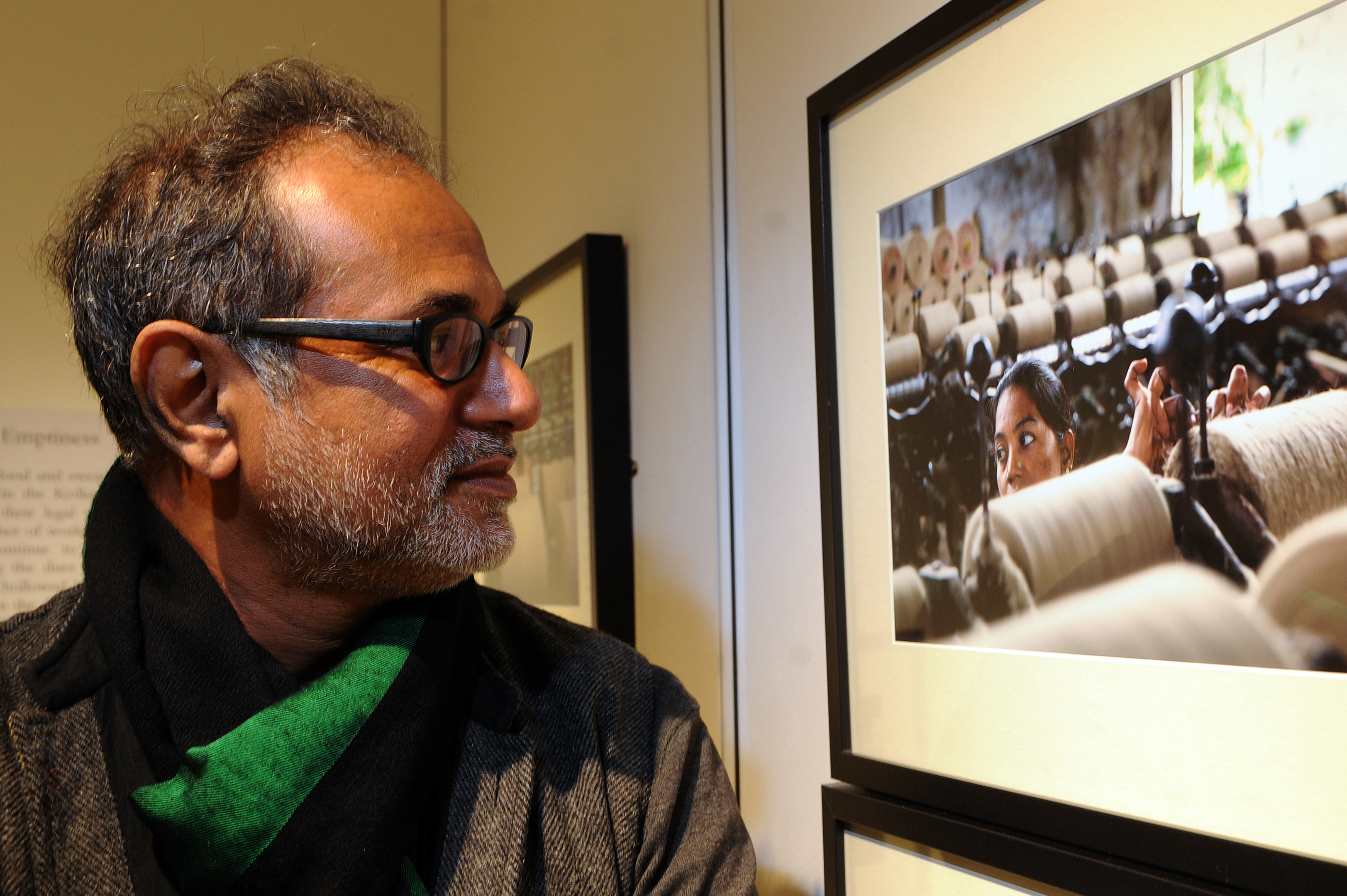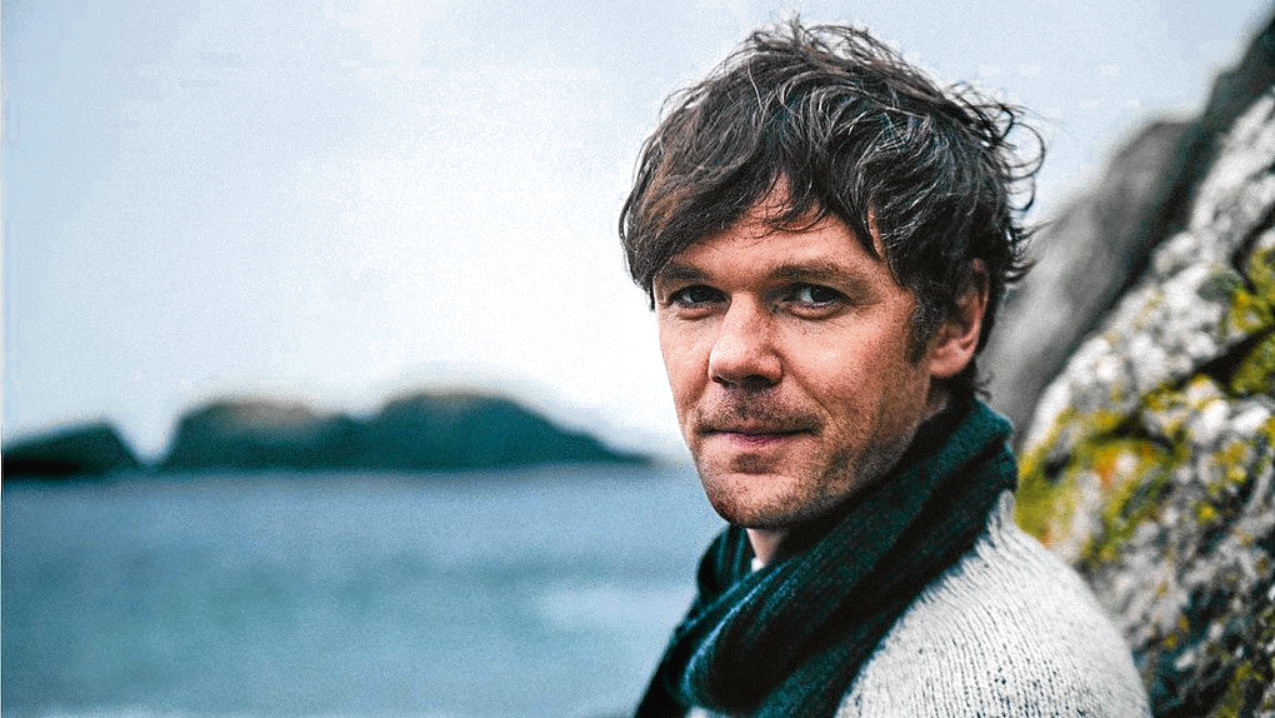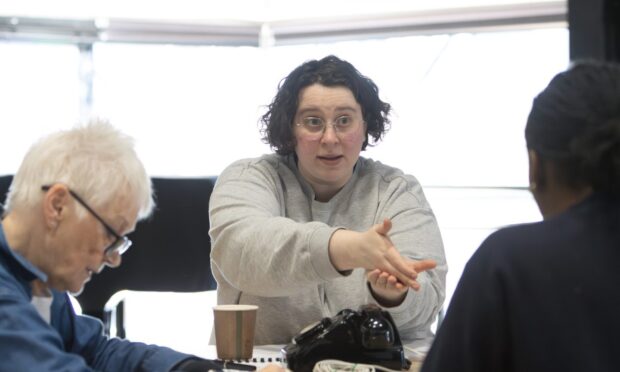An exhibition showing the links between Dundee’s jute history and the current jute industry in India has been unveiled at Verdant Works.
The photo exhibition by Nazes Afroz, a print and broadcast journalist from Kolkata (formerly Calcutta), shows images of the harsh conditions in India’s mills alongside archive photos of Dundee workers.
‘The Jute Story: Connecting Kolkata and Dundee’ includes 40 photographs showing how the mills and production process of the Kolkata industry look the same as they did in Dundee a hundred years ago — but with harsher conditions for the Indian workers.
Nazes said: “Jute has been the most important industry in Kolkata for the past 150 years.
“During that time, the way of working has not changed a lot.
“Most of the machinery used in Kolkata was manufactured in Dundee around 100 ago and is still in use.
“Unfortunately the workers’ conditions are not very good.
“Going through archive news articles, I can see that 100 years ago in Dundee there were negotiations between workers and employers, pay rises and politicians who took an interest in the industry.
“These things don’t exist in Kolkata. The workers are forgotten and left to their own devices.
“The employers are supposed to provide housing, but the houses are dilapidated and haven’t been maintained in years.
“Many people work way past retirement age as they aren’t receiving the pensions and social benefits they’re entitled to. In one of my photos, there is a man in his 80s who is still working.”
Jute production began to move from Dundee to India, where the raw plant is grown, from around the 1860s in order to reduce costs.
The industry in India is now in sharp decline and there are serious doubts about its future.
The exhibition, which will run until January 15, is the latest in a series of events to take place this coming year as Verdant Works celebrates its 20th birthday.
Verdant Works, so-called because when it was built the area around it was green fields, once employed 500 people, making it the 16th biggest employer in Dundee’s jute industry at the time.
Louisa Attaheri, curator with Dundee Heritage Trust, said: “The message behind this exhibition is two-fold.
“Not only is it a slice of social history, it documents the fact that in many jute mills little has changed in the last 100 years in terms of workers’ conditions.
“That’s why we felt it was important to integrate our own archive photos with Nazes’ images.
“The result is stunning and a must-see for anyone with links to Dundee and the jute industry, or an interest in social history.”










